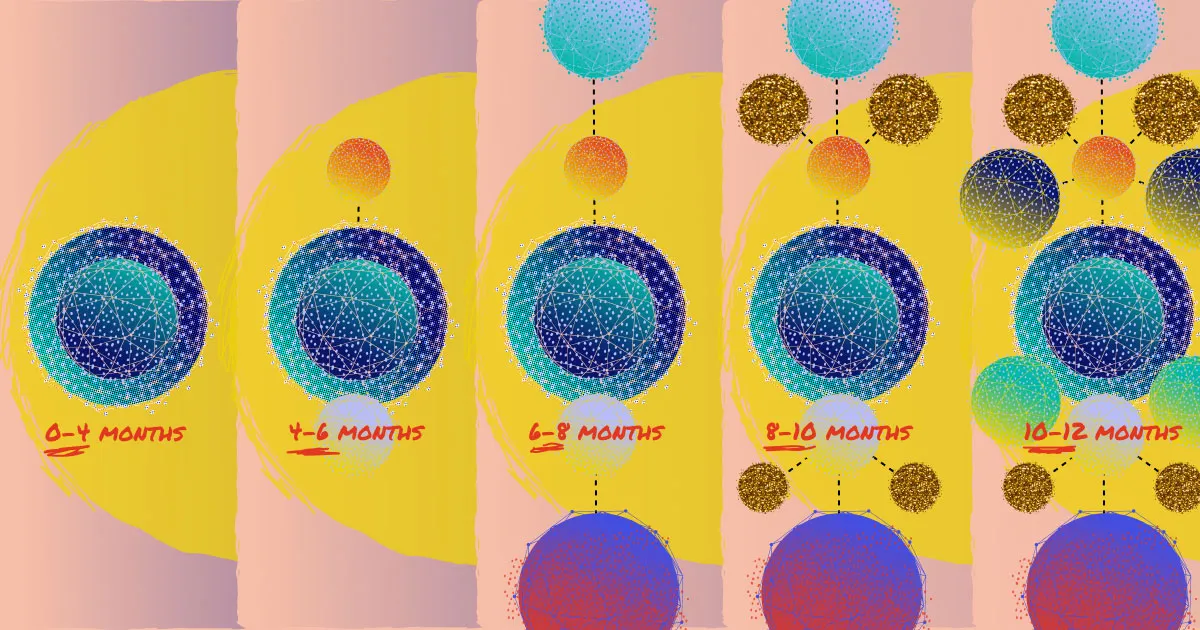You’ve decided to launch a partnerships program. You’ve set it up, you’ve found businesses to work with. You’ve identified the key performance indicators for partner recruitment, partner activation, partner engagement, and revenue. Instead of making common mistakes when launching partner programs, you’ve made sure to set clear goals for the program, kept your reward models simple, you were proactive in not only your partner onboarding but also your partner activation, and you’ve found the right systems for managing your partner relationships. You’ve researched what to do every step of the way, from starting up to scaling up. You’ve been running the partner program for a year now. You’ve made it this far — but is it working?
We spoke to Star Hofer, Chief Customer Officer at PartnerStack, to find out how you can measure the success of your new partnership program one year later. Here are her suggestions:
Related: Ecosystems 101: here's what to expect if you launch your ecosystem this year.
.webp)
Look at the right key performance indicators for your partnerships
First, let’s talk about the signs you can measure. In other words, what are the key performance indicators that you can use to tell whether or not your partnership launch was successful?
According to Hofer, the key performance indicators you’ll look at 12 months after launch depend on where you started. If you started from scratch and launched a completely new program, after a year there are four main key performance indicators you’d need to look at. The first has to do with the interest in your program and the partners you’ve managed to attract. Hofer says, “Have you been able to attract application submissions for your ideal partner personas (IPPs)?” If you’re attracting signups that align with your IPPs, then you need to take a look at getting them signed up. “How long does it take to onboard and activate the partner?” she continues. If partners are spending months in the program before they can start earning, they could become disengaged. Keep an eye on their resources downloads, open and click through rates for onboarding emails, and completion rate of courses and certifications for a pulse check on their onboarding progress.
If your recruitment, onboarding, and activation seem to be on track, you need to look at what the partner has contributed to the program so far in terms of leads and conversion rate. Are the leads that the partner brings in converting? And if so, what percentage of them are converting? Not only do you need to look at whether the partner can bring in and convert new leads, but you also need to look at repeat business. After all, you want to keep the customers you already have. “Can your partner bring in repeat leads with an acceptable conversion rate?” Hofer asks. The conversion rates you’re aiming for will depend on the kind of program you run, but start tracking right away and look for positive trends.
Keep your incentives and rewards appropriate
At the 12-month mark, Hofer suggests that you check in on whether you are incentivizing or rewarding effectively. “If you are attracting a lot of noise,” she says, “it may be worth looking at your incentive plan.” Keeping the incentives you offer appealing and appropriate is important when it comes to attracting the right partners and keeping them engaged.
Read more: Partner program KPIs: metrics you should measure and optimize.
.webp)
What to do if your partner program launch isn’t on track
When the results of your partnership launch are on track, you can give yourself a pat on the back. Keep doing what you’re doing for now, and start to think about which program goals you might want to elevate in the near future.
But what if the results haven’t been so great? What if they’ve been mediocre at best? Or bad? Should you bother continuing with partnerships at all? We asked Hofer how you would decide, in such a case, whether it’s worth trying to salvage the program. “If the results are mediocre, I would review three aspects,” she says.
The first is to look at the people involved. How much time is being committed to the program? Hofer explains, “Building something new takes time. Your GTM (go-to-market) motion was not figured out overnight and your partnership’s motion will need some time to get the flywheel really going. If your company is also fairly new, you may still be figuring out your positioning and enablement pieces for your direct GTM too.”
Second, you can look at the process. “Process is often underestimated,” Hofer says. “The partner experience is the key to success. Ask yourself these questions: Do you have any friction in your partner onboarding or activation? How often are you engaging with your partners? Do you have your partner persona well defined? Are your processes overcomplicated?”
The third aspect you can look at is technology. How are your tools set up to help you be successful? Are you overcomplicating your program? “This is a trap I often see programs fall into,” Hofer explains. Her advice is, “Start small and then expand. Also check whether the technology is driving your process or whether the process is driving the technology.”
Hofer offers some invaluable parting advice to new program leaders. “Don’t forget to communicate within your company, especially if you are building something new. Not all results will be monetary, so build a plan, promote the plan, share the progress and learnings and celebrate the small wins!”

















